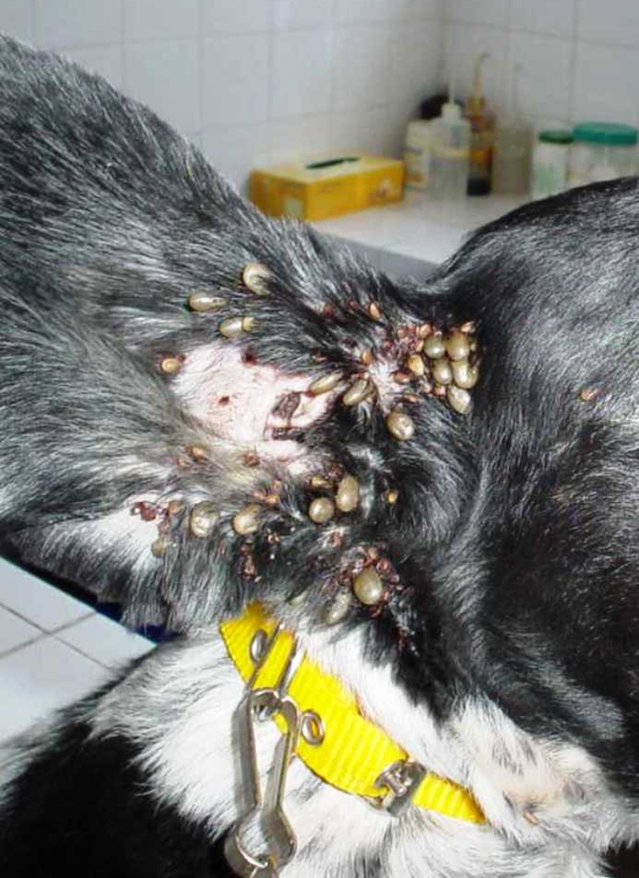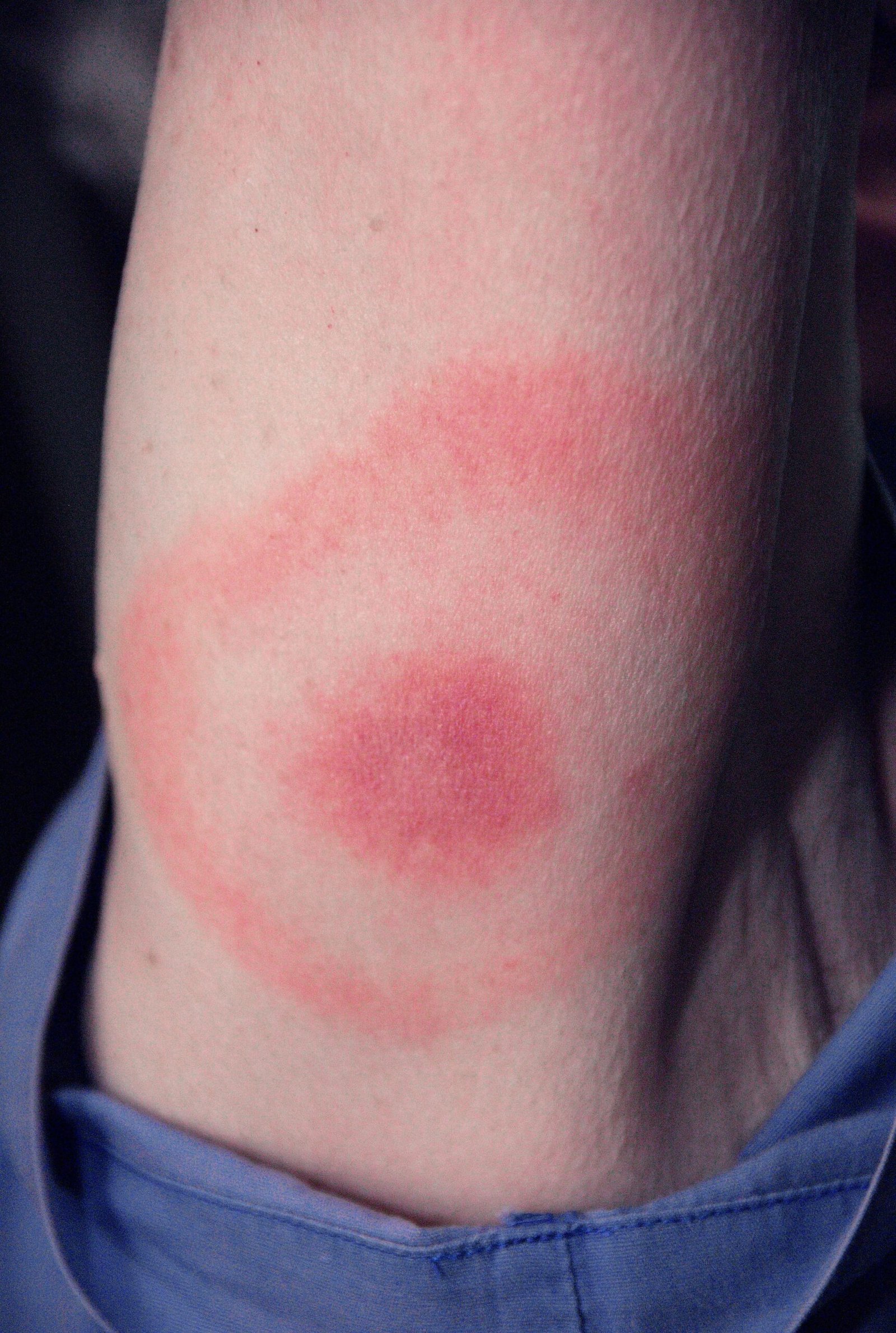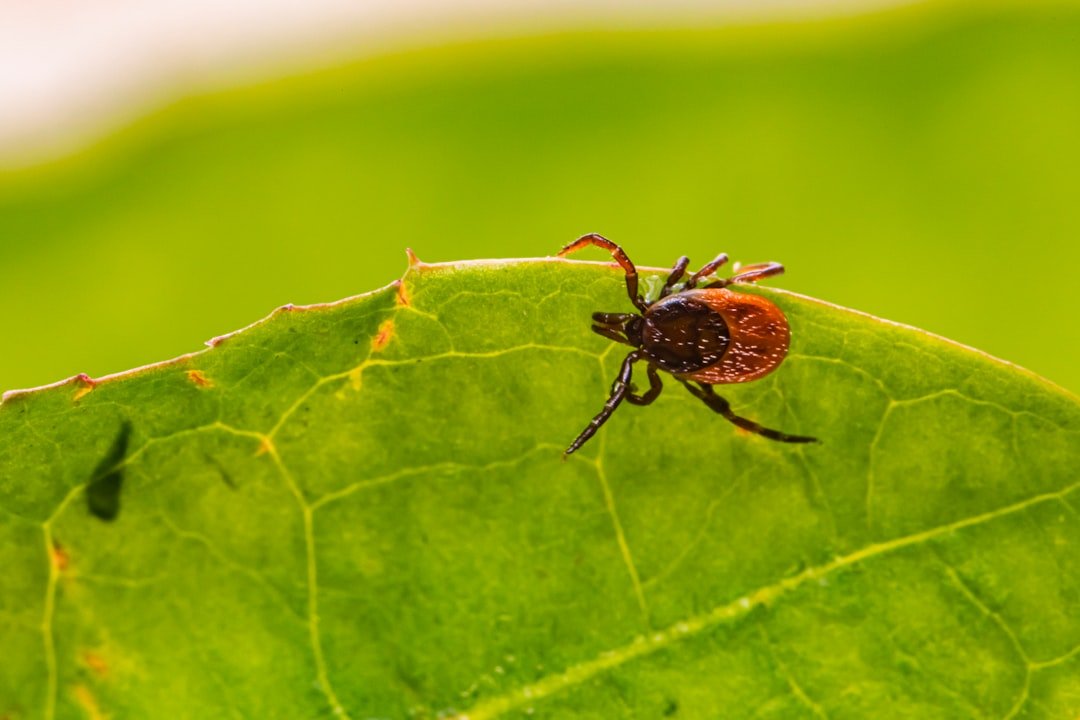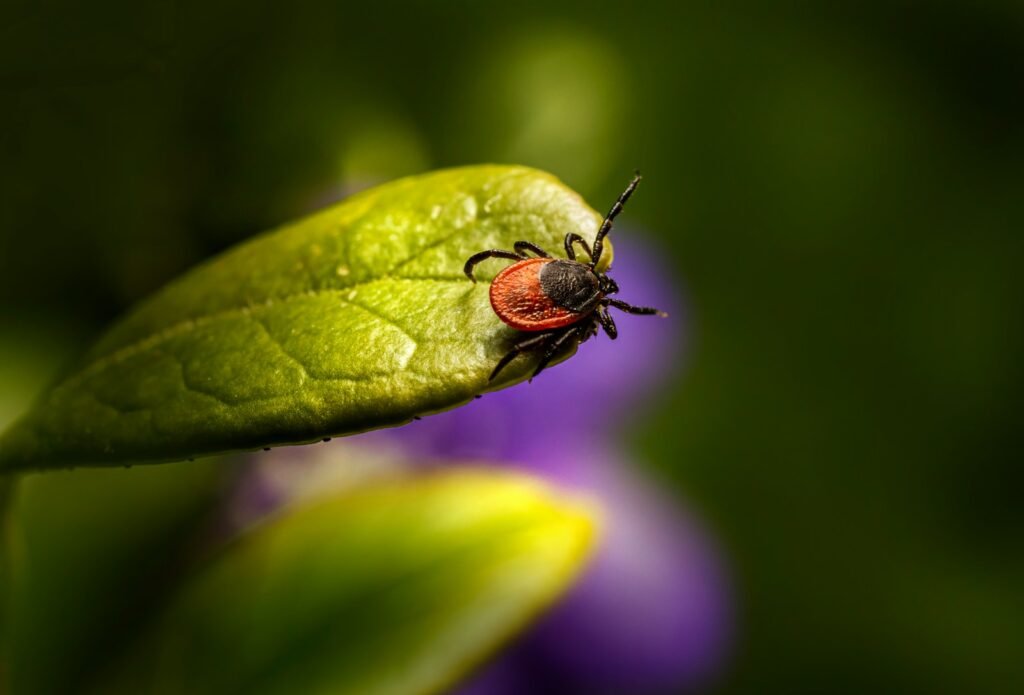Summer seems to arrive early in the American South, and with it comes a stealthy cast of blood-feeders that seldom make headlines until someone gets sick. From oak hammocks to coastal marshes, ticks and other parasites are quietly expanding their range, hitching rides on deer, dogs, and us. The mystery is not just who’s biting, but what microbes they carry – and why these risks are changing now. Scientists are piecing together clues from weather records, wildlife surveys, and genetic data to understand a shifting landscape of disease. The result is a story as much about climate, land use, and travel as it is about tiny arthropods that punch far above their size.
The Hidden Clues

I still remember plucking a lone star tick from my sock on a warm March morning in south Georgia and feeling that tiny shock of recognition: the season had started weeks earlier than expected. Field crews across the South have been reporting similar surprises, with questing ticks active on mild winter days that used to be reliably quiet. Those observations might seem small, but they stack up into a bigger picture of longer seasons and more chances for bites. When the calendar moves, public health calendars have to move with it, from clinic training to school camp checklists.
Clues show up in strange places: veterinary clinics logging more ehrlichiosis in dogs, meat-processing workers learning about a new red-meat allergy, hikers discovering seed tick swarms on trails once considered safe in early spring. Even roadside deer counts offer hints, because more deer means more hosts for ticks to feed on and reproduce. Put together, these scattered notes read like a margin commentary on a warming, more connected South. And in that margin, the stakes are personal – your backyard, your pet, your next camping trip.
Lone Star, Gulf Coast, and Blacklegged: The Southern Lineup

The South has its own roster of heavy hitters, and the lone star tick sits near the top. Easy to spot by the white dot on adult females, it thrives in scrubby woods and edge habitat that now surround many suburbs. The Gulf Coast tick favors tall grasses and coastal plains, and it has traveled inland along river corridors and highway medians where grass stays high. Blacklegged ticks, famous for Lyme farther north, persist in southern hardwood stands and shaded thickets, though the disease dynamics differ in warmer regions.
Brown dog ticks haunt kennels and back porches, completing their entire life cycle indoors and outdoors, which gives them staying power during heat waves. Along the Texas borderlands, cattle fever ticks remain a watch-and-worry species for ranchers, demanding strict surveillance to protect herds. Each tick has a signature way of finding you – waiting on knee-high stems, shadowing small mammals, or trailing scent cues – so the landscape itself becomes a map of risk. Know the habitat, and you’ve already learned half the playbook.
Diseases Beyond Lyme: What They Carry

When people hear “tick,” many think Lyme, and that’s understandable – but the southern story is broader and, in places, more insidious. Ehrlichiosis, often linked to the lone star tick, can bring fever, headache, and low white blood cell counts that mimic other illnesses. Spotted fever group rickettsioses, including Rocky Mountain spotted fever and infections tied to Gulf Coast ticks, demand quick treatment because delays raise the risk of severe disease. Then there’s the red-meat allergy known as alpha-gal syndrome, associated with lone star bites and capable of turning a backyard barbecue into an emergency.
Viruses complicate the picture too, with rare but serious infections such as Heartland and Bourbon viruses detected in parts of the South and central states. Babesiosis and anaplasmosis occur less commonly in southern regions than in the Northeast but are reported and can overlap symptoms with other febrile illnesses. For clinicians and patients alike, the rule is simple and frustrating: early testing can be tricky, so exposure history matters. Thinking “ticks” at the first sign of summer fever can save time and harm.
- Ehrlichiosis and spotted fever group illnesses are widely reported across southern states, especially in late spring through early fall.
- Alpha-gal syndrome has risen in recognition in the South, with patients reporting delayed allergic reactions hours after eating red meat.
Heat, Deer, and Suburbs: Ecology Behind the Boom

Southern heat doesn’t just make us sweat; it extends the active window for ticks to find hosts. Warmer nights and wetter shoulder seasons mean more opportunities for larvae, nymphs, and adults to quest across months that used to be quiet. High deer densities move ticks like a mass transit system, shuttling them between forest patches and neighborhood greenbelts. Meanwhile, fragmented woodlots and brushy edges – common around new subdivisions – create perfect, shaded microclimates where ticks don’t dry out.
These same landscapes often concentrate small mammals like mice, cotton rats, and rabbits, which serve as amplifiers for some pathogens. Leaf litter that persists under ornamental shrubs can be a velvet rope line for nymphs at ankle height. Even yard irrigation and bird feeders nudge risk by attracting wildlife and maintaining humid pockets where ticks survive better. In short, we’ve unintentionally engineered neighborhoods that feel like resorts for ticks.
Parasites Beyond Ticks: Kissing Bugs, Hookworm, and Water Warnings

Ticks share southern ground with other parasites that deserve attention. Kissing bugs harbor the parasite responsible for Chagas disease and are well documented in the southern tier; human infections acquired locally remain uncommon but dogs face notable risk. In places where sanitation infrastructure lags or floods overwhelm systems, soil-transmitted worms can persist, a reminder that poverty and parasites are stubborn partners. Coastal summers bring another hazard in warm brackish waters where bacterial pathogens can flourish, posing risks to people with open cuts and chronic conditions.
Freshwater adds its own caution sign, as rare but deadly organisms thrive in hot, stagnant stretches of lakes and rivers. Pet owners navigate a parallel battle against heartworm spread by mosquitoes, with the South forming a persistent hotspot that strains shelters and budgets. Together these threats don’t replace the tick story; they widen it, tying climate, infrastructure, and veterinary health into the same frame. If you live in the South, the web of exposure stretches from your yard hose to the boat ramp and the dog park.
Why It Matters

The South’s parasite problem isn’t just a backyard nuisance; it’s a public health and economic issue that touches clinics, farms, and schools. Historically, attention focused on Lyme in northern forests, leaving southern illnesses under-recognized and under-tested. That gap shows up when patients bounce between diagnoses while a tick-borne infection progresses, or when meat allergies are misread as food poisoning. It also shows up in veterinary bills, lost workdays, and the strain on rural hospitals during heat-driven spikes in febrile illness.
Compared with traditional approaches that wait for confirmed lab results, a modern stance favors rapid, exposure-informed treatment for likely tick-borne disease. The science has shifted toward understanding whole ecologies – hosts, climate, land use – rather than single pathogens in isolation. That systems view is what allows better forecasting and smarter prevention, from yard design to hunting policies. The payoff is practical: faster care, fewer severe cases, and communities that plan around the real world they inhabit.
The Future Landscape

Looking ahead, longer warm seasons and erratic rainfall patterns are likely to tilt the odds toward more ticks surviving between generations. Species that once struggled in summer scorch may adapt by shifting activity to dusk and dawn, extending bite windows into cooler hours. New arrivals are possible too, as travel, trade, and wildlife corridors open doors for species that reproduce quickly and feed on many hosts. Researchers are testing vaccines that target tick saliva proteins, aiming to block feeding before pathogens transmit – a cross-cutting strategy that could protect against multiple diseases at once.
Genomic tools will sharpen the map, revealing where pathogens cluster and when they jump into new hosts, while satellite data tracks humidity pockets neighborhood by neighborhood. Expect more integration between human and animal health surveillance, since dogs and deer often signal trouble before people do. The trajectory won’t be uniform; some counties may see declines with smart habitat management, while others surge with development and deer growth. But the general arc points to a South where vigilance becomes a year-round habit rather than a summer chore.
What You Can Do

Protection starts with simple routines that stack up. Wear long sleeves and pants in brushy areas, use repellents containing DEET, picaridin, or oil of lemon eucalyptus, and treat clothing with permethrin before trips. Do a full-body tick check after yard work and hikes, paying special attention to behind the knees, waistbands, and scalp; showering within a couple of hours helps flush unattached ticks. Remove attached ticks quickly with fine-tipped tweezers, pulling straight out and cleaning the site – then note the date and symptoms for the next two weeks.
Think of your yard as habitat you can shape: trim low branches, clear leaf litter, create mulch borders between lawn and woods, and keep play sets in sunny, dry spots. Protect pets with veterinarian-recommended preventives and check them after every outing, since they can carry ticks inside. If you develop fever, rash, unusual fatigue, or delayed reactions after eating red meat, tell your clinician about recent outdoor exposure and possible bites. Small steps, repeated often, turn a landscape of risk into one you can confidently navigate.

Suhail Ahmed is a passionate digital professional and nature enthusiast with over 8 years of experience in content strategy, SEO, web development, and digital operations. Alongside his freelance journey, Suhail actively contributes to nature and wildlife platforms like Discover Wildlife, where he channels his curiosity for the planet into engaging, educational storytelling.
With a strong background in managing digital ecosystems — from ecommerce stores and WordPress websites to social media and automation — Suhail merges technical precision with creative insight. His content reflects a rare balance: SEO-friendly yet deeply human, data-informed yet emotionally resonant.
Driven by a love for discovery and storytelling, Suhail believes in using digital platforms to amplify causes that matter — especially those protecting Earth’s biodiversity and inspiring sustainable living. Whether he’s managing online projects or crafting wildlife content, his goal remains the same: to inform, inspire, and leave a positive digital footprint.




